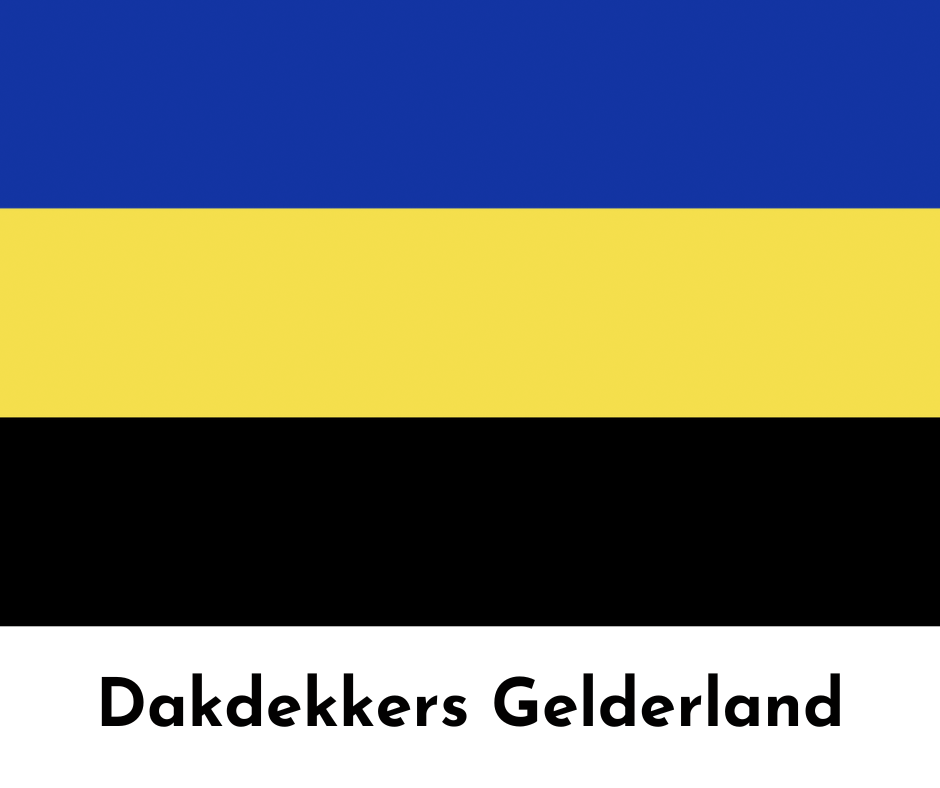Introduction
When it comes to architectural splendor, the Netherlands has a unique flair that stands out on the global stage. One of the defining features of Dutch architecture is its roofs, which tell tales of history, culture, and innovation. From the iconic gabled houses along Amsterdam's canals to the intricate thatched roofs in rural villages, roofing designs have evolved significantly over centuries. In this article, we will explore The Evolution of Roofing Designs in Dutch Architecture, tracing back their roots and understanding how they have transformed over time.
The Evolution of Roofing Designs in Dutch Architecture
The evolution of roofing designs in Dutch architecture is both fascinating and complex. It reflects the socio-economic changes within society, technological advancements, and regional differences across the Netherlands. Early roofing styles were primarily functional, focusing on protection against harsh weather conditions. However, as architectural practices advanced, so did aesthetic considerations.


Early Roofing Styles: Thatched Roofs and Gables
In the early days of Dutch architecture, homes were often constructed with thatched roofs made from reed or straw. These materials were abundant and provided excellent insulation. The steep pitch of these roofs helped shed rainwater efficiently while also minimizing snow accumulation during winter months.
Significance of Gables in Traditional Houses
Gables became a prominent feature during this period, serving not only decorative purposes but also providing structural integrity. They allowed for more vertical space within homes and contributed to the overall aesthetics with their intricate designs.
The Influence of Gothic Architecture
As Europe entered the Gothic period, architectural styles began to change dramatically. In the Netherlands, this influence manifested through pointed arches and ribbed vaults. Roofs during this era often featured timber frames adorned with ornamental details.
Transition to Renaissance Influences
With the advent of the Renaissance came a renewed interest in classical forms and symmetry. During this time, roofing designs began to incorporate broader eaves and cornices. The use of clay tiles became more prevalent as artisans sought to combine functionality with beauty.
Baroque Roof Designs: A Flourish of Ornamentation
In the 17th century, Baroque architecture took hold across Europe—including the Netherlands—bringing with it an explosion of ornate designs. Roofs became theatrical elements with elaborate finials and domes dominating city skylines.
Examples of Baroque Influence in Dutch Architecture
One can see this influence vividly in buildings like Amsterdam's Royal Palace or various churches throughout Utrecht where grandiose roofs convey power and prestige.
Neoclassicism: Simplicity Meets Elegance
As tastes shifted again toward Neoclassicism in the 18th century, roofing styles became simpler yet more elegant. Symmetry was paramount; gable ends were often adorned with pediments while maintaining clean lines.
Functional Aspects Over Ornamental Features
During this period, practicality regained prominence as cities expanded rapidly due to industrialization. This led architects to design structures that could be built quickly without compromising quality or style.
Modernism: A Break from Tradition
The 20th century heralded a revolution in design philosophy known as Modernism—characterized by minimalism stripped down to its essentials. This movement challenged traditional notions surrounding formality associated with roofs.
Flat Roof Innovations
Flat roofs emerged as a popular choice among modern architects seeking efficient space usage indoors while offering versatile exterior options such as rooftop gardens or terraces perfect for social gatherings!
Sustainable Design: The Green Revolution
Today’s architects are increasingly focused on sustainability—a trend reflected strongly within contemporary roofing designs! Green roofs equipped with vegetation not only provide insulation but also manage stormwater runoff effectively contributing positively towards urban ecology!
Innovations Driven by Technology
Advancements in technology have given rise to innovative materials such as solar panels integrated seamlessly into roof structures promoting renewable energy sources reducing reliance fossil fuels!
Regional Variations Across The Netherlands
While there are overarching themes present throughout Dutch architectural history regarding roofing designs—regional variations contribute richness diversity landscape each area possesses distinct characteristics molded by climate geography local traditions influencing choices made by builders homeowners alike!
Friesland's Thatch vs Zeeland's Clay Tiles
For example; Friesland is renowned for its traditional thatched-roof constructions reflecting rural heritage whereas Zeeland showcases more ceramic-tiled rooftops influenced historical maritime culture coastal lifestyle blending practicality aesthetics beautifully!

FAQs
What are some common types of roofing materials used in Dutch architecture?- Common materials include thatch (reed), clay tiles, wooden shingles (in rural areas), and flat membranes (in modern constructions).
- The Netherlands' wet climate necessitated steep pitches for efficient water drainage while thick insulation layers help maintain warmth indoors during colder months.
- Gables serve both functional purposes—structural support—and decorative roles enhancing aesthetic appeal by adding verticality charm characterizing many iconic builds!
- Yes! One significant project includes ‘De Rotterdam’ skyscraper featuring green terraces alongside solar panels promoting eco-friendly practices!
- Regions like Friesland prefer traditional thatched roofs reflecting cultural heritage whereas urban areas may lean towards contemporary flat-roof solutions catering city living demands!
- Expect continued emphasis on sustainability through green technologies alongside innovative uses renewable resources adapting changing environmental needs!
Conclusion
In conclusion, exploring The Evolution of Roofing Designs in Dutch Architecture offers invaluable insights into not just architectural trends but also broader cultural shifts over centuries! From humble beginnings with thatched cottages reflecting agrarian lifestyles evolving grand palaces symbolizing power authority transforming again through modern minimalist approaches focusing sustainability today there’s no denying importance significance careful thoughtful consideration behind every single roof built throughout history shaping identity character nation itself!
Whether you’re an architect seeking inspiration historical enthusiast eager learn more about rich tapestry woven together each unique structure standing proudly across picturesque landscapes think next time roofing business directory gaze upon beautiful rooftops might just uncover story waiting be told beneath surface!